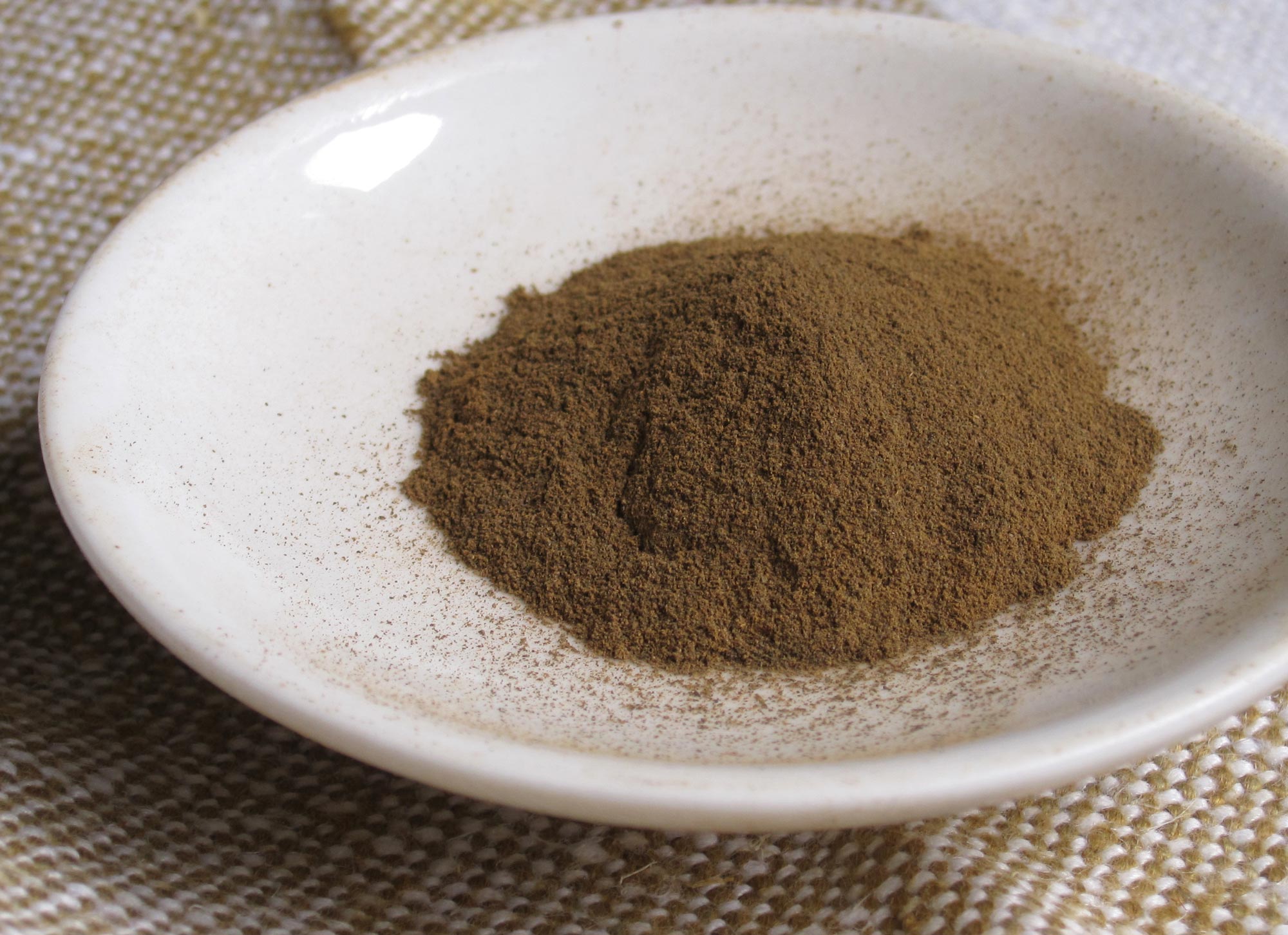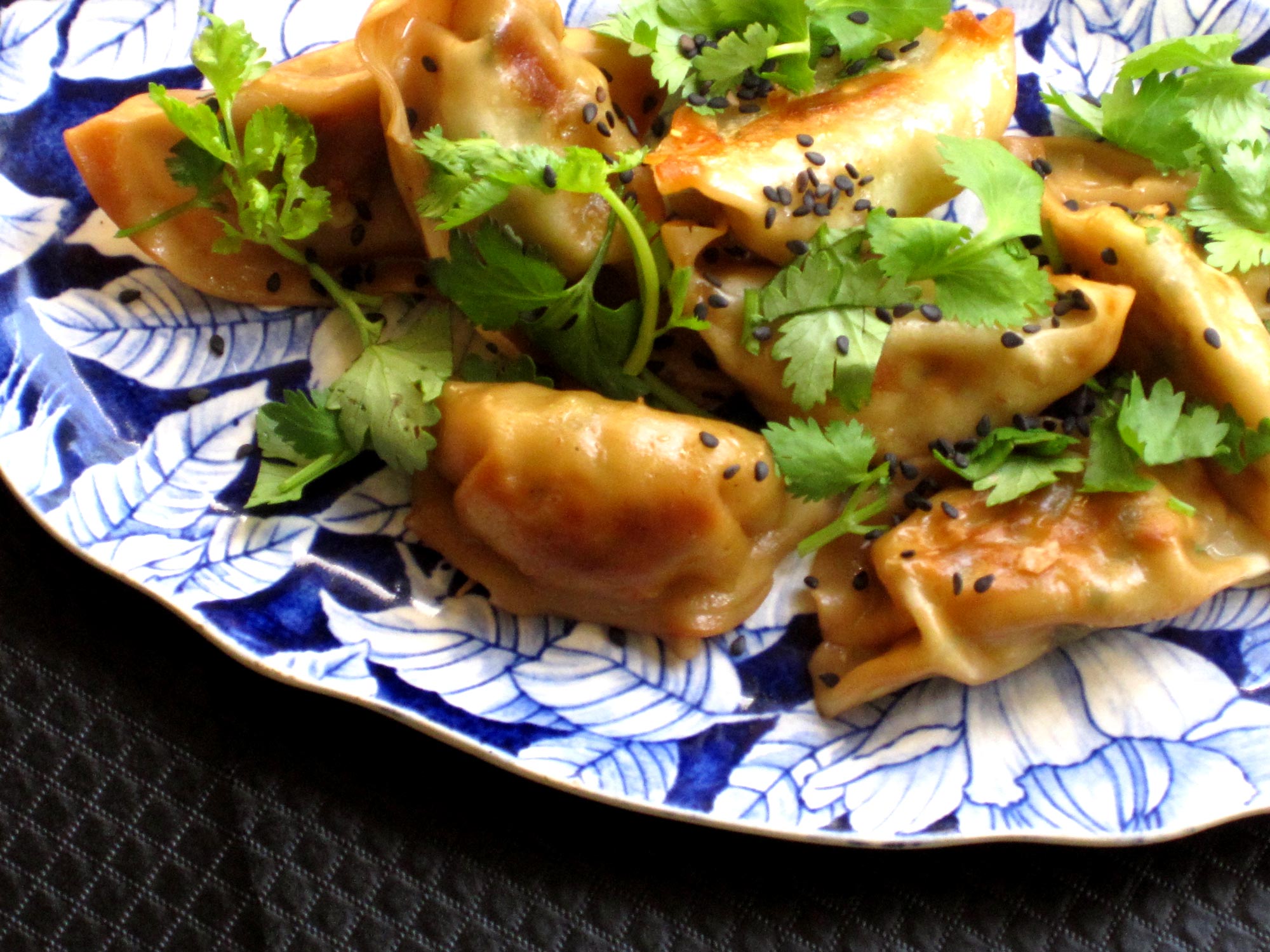I first heard of this little wonder when I attended Cynthia Gold’s workshop “Making a Final Statement – Tea and Dessert Pairing” at World Tea Expo. While discussing methods for infusing foods with tea, she showed us a small Matcha Grinder. Her suggestion was that it could be used to grind other teas besides Tencha (the dark green leaf used to make Matcha) and the powder mixed into batters, sauces, etc. The thought of grinding other teas fascinated me and […]
Tea Culture
Recipe: Matcha Popcorn Topper
I’m always on the lookout for new ways to experiment with culinary tea. I think I’ve hit upon a popcorn topper that is quite good. You have to like the taste of Matcha powder to appreciate this recipe, but for those of you who do, you’ll be surprised at how tasty this is. Matcha is the fine powder of Japanese green tea. The tea leaf is de-veined and de-stemmed. This leaf, known as Tencha is put in a Matcha grinder […]
The Top Ten: #8 Junshan Yin Zhen, Silver Needle Yellow
Junshan Yin Zhen (君山銀針) or Silver Needle Yellow tea, holds a place of honour in the realm of the Chinese tea world. The most famous Yellow tea in China, it grows exclusively on Junshan island, located in Dongting Lake, northern Hunan province. It is very rare, which reinforces the notion that the list was compiled for the most famous teas, not necessarily the most popular teas. I have listed it as #8 according to my distilled version of many lists, […]
Makeover: The Common Violet gets Sugared and Iced
The Common Blue Violet, Viola Papilionacea is native to Eastern North America. Hundreds of species of violet are found throughout the world. In Europe it has been valued for centuries and in Ancient Greece they were thought of as a symbol of love. Pliny the Elder, a Roman naturalist of the first century recommended a garland of violets around the head to prevent dizziness and headaches. The Violet as Food In Southern Ontario, Canada where I live, Common Blue Violets […]
The Top Ten: #9 Wuyi Rock Oolong
Another Oolong makes the list! At number 9, Wuyi Rock Oolong originates in Fujian province as does Tie Guan Yin, but from the other side of the river, – that is, the Min River. It is known as a Min Bei tea or North of the Min River. Wuyi Shan: Unesco World Heritage Site There’s no point in discussing this tea without first considering the region where it is grown. Here is one of the best examples of how tangled […]
Keemun-Infused Dumplings?
Much has been made lately of the culinary value of tea. I have cooked Lapsang Souchong chicken with a degree of success, Matcha shortbread was melt-in-your-mouth delicious and now I’m experimenting with Keemun, also known as Qimen. This is my favourite black tea. Honoured in the tea world as “The Burgundy of Teas”, its smokey flavour is less pronounced than Lapsang and it has a lingering malty depth that ends on a rich sweet note. It was developed in AnHui […]
The Top Ten: #10 Tie Guan Yin Oolong “Iron Goddess of Mercy”
As one of the most popular teas in China, Tie Guan Yin Oolong qualifies for ‘top ten’ of Famous Teas of China. This list varies, depending on what you read, but generally it’s based on the number of published mentions the teas receive and their popularity at the time the list was compiled. Originally the list comprised of Tribute Teas which often have a famous sacred location, water source and/or legend attached to them. Tribute teas would have been presented […]






